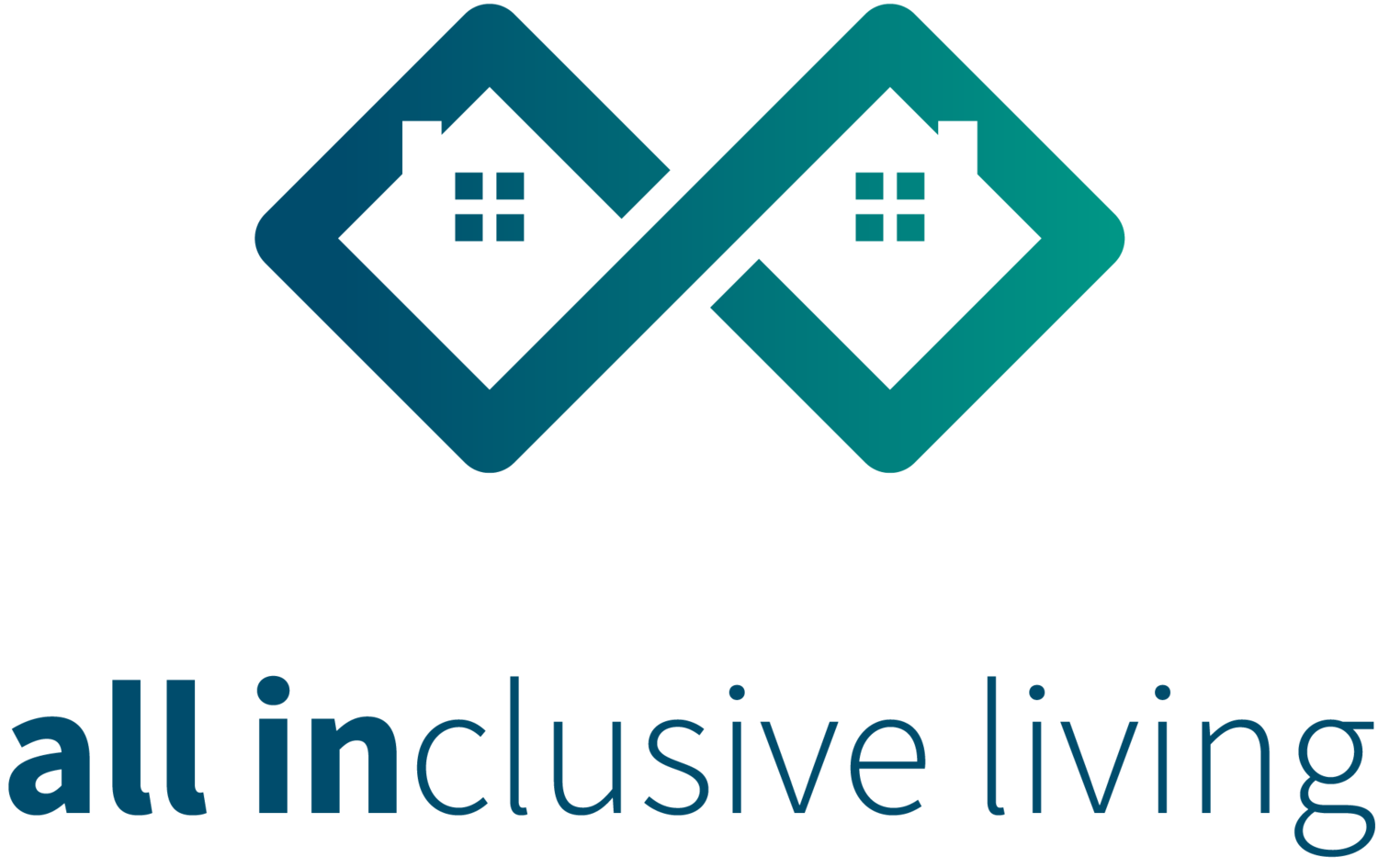
Adults with disabilities are highly vulnerable to housing insecurity. It’s a national crisis.
Housing Insecurity: By the Numbers
The challenge is real.
Across the U.S., over 850,000 people with intellectual and developmental disabilities live at home with a caregiver who is 60-years old or older. + As more than a million such caregivers age, the paucity of options for their adult children with disabilities to be housed in stable, supportive housing outside of their family home drives anxiety and a search for new solutions.
Growing Need Across Generations
Meanwhile, a “silver tsunami” of baby-boomers is transforming outdated expectations of retirement and creating demand for new and expanded housing options. In Columbus, the number of people over the age of 65 will double in the next 20 years. ++ Where will they live and what kind of life – and purpose – will they desire? (Sources: + National Residential Systems Information Project, Status and Trends Through 2016, ++ Age-Friendly Columbus Strategic Plan)
Meeting the Challenge with Community
New housing options are needed for adults with disabilities, older adults, and people of all ages that move beyond outdated notions of housing segregated by ability and age. A new kind of community is possible: one that addresses the unique needs of adults with disabilities while drawing on the potential of neighbors of all ages and abilities to give to and support one another.
